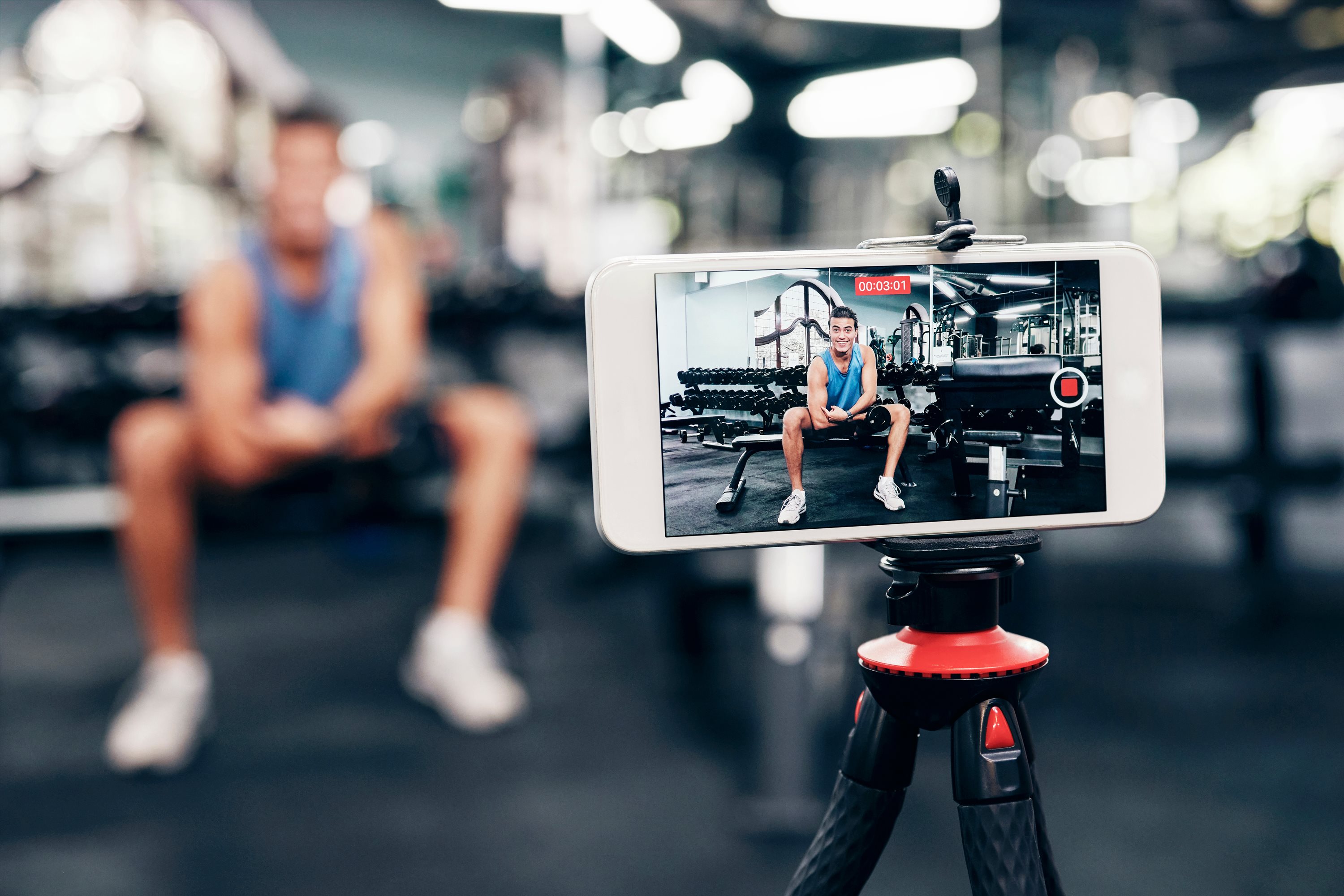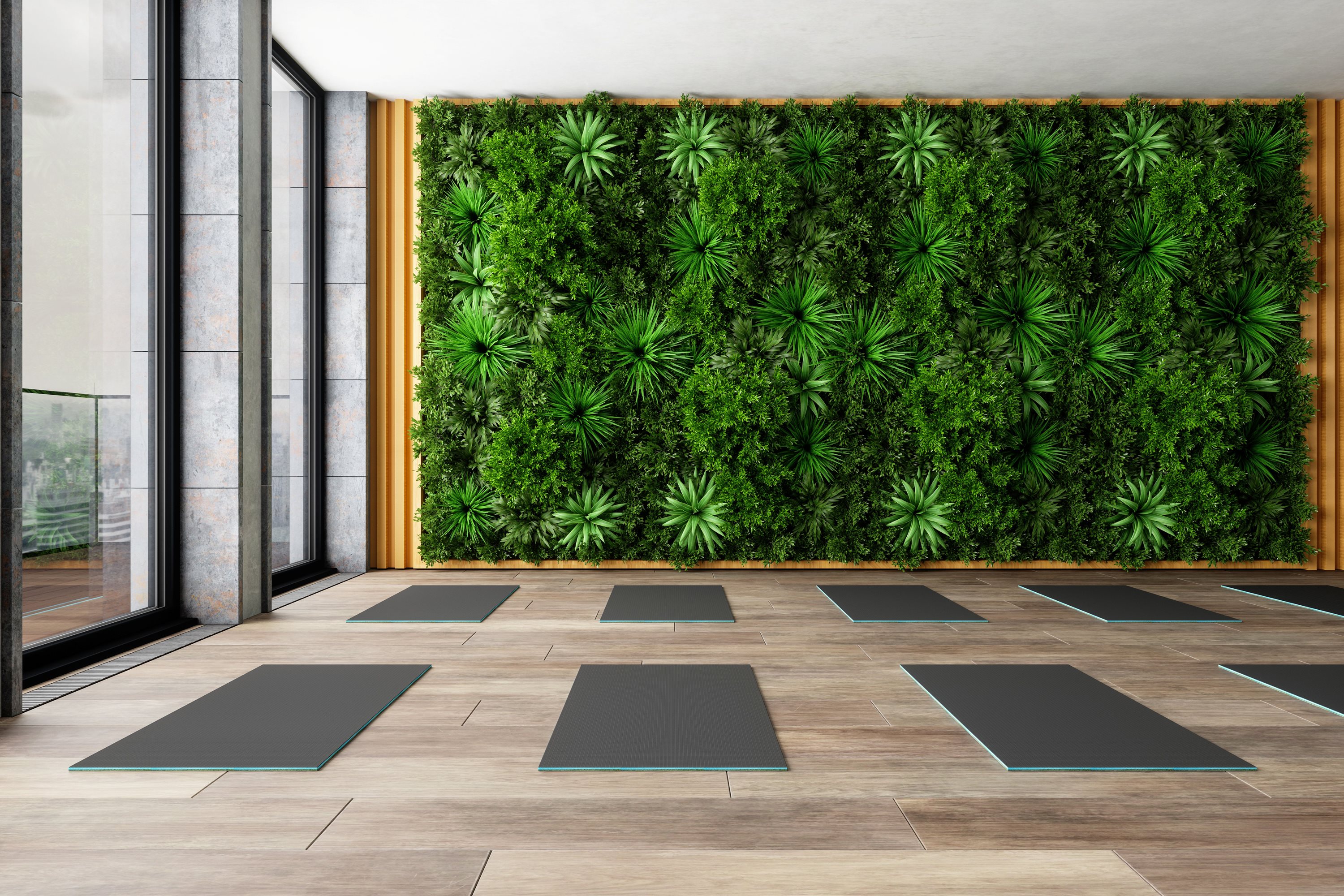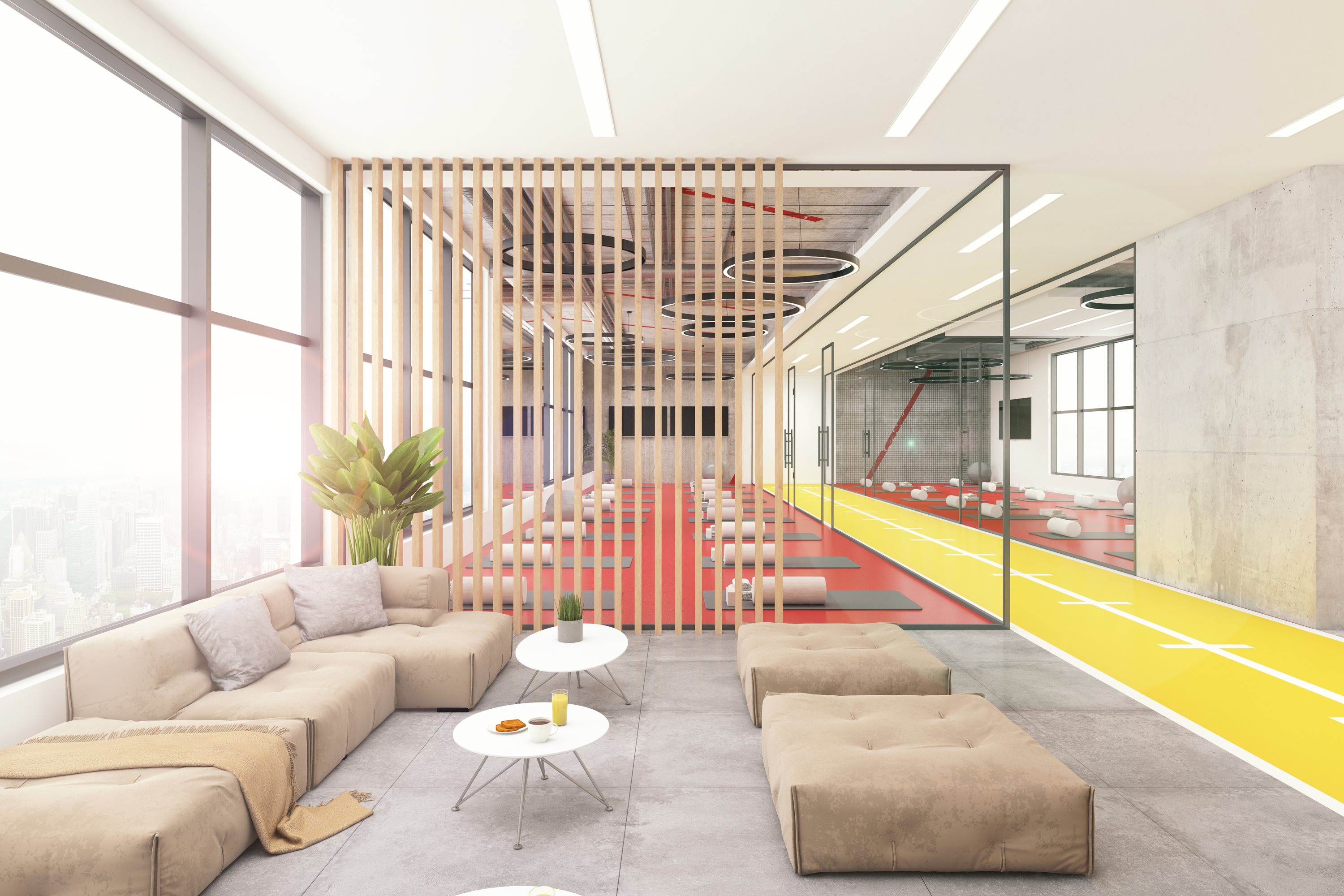From Dead Zones to Destination Spaces
How Gyms Are Reinventing the Member Experience Through Experiential Design
The traditional gym model is being reimagined. No longer just rows of cardio machines and weight racks, today’s fitness spaces are evolving into lifestyle hubs, completely redefining how your members interact, recover, and engage with wellness. A key part of this transformation is how gyms are activating formerly underutilized “dead zones” and turning them into vibrant, high-value experiences that extend far beyond the workout.
This isn't just a design trend; it’s a new fitness ethos. By integrating social media rooms, recovery lounges, biophilic design, and curated community zones, innovative gyms create immersive environments where fitness, social connection, and brand loyalty converge.
These zones also serve a dual purpose. A growing number of exercisers are pushing back against the influencer culture, voicing frustration about unintentionally appearing in the background of workout content. By offering a designated space for filming, Social Media Rooms help protect the privacy of everyday members while still supporting content creators and increasing brand recognition online.



That’s where we come in. Our team of experts is ready to help you bring that vision to life by designing a facility floor that not only meets the demands of today’s members but also sets the tone for the future of fitness. Let’s build it together. Contact us today to get started.
This isn't just a design trend; it’s a new fitness ethos. By integrating social media rooms, recovery lounges, biophilic design, and curated community zones, innovative gyms create immersive environments where fitness, social connection, and brand loyalty converge.
1. From Utility to Experience: The Shift in Member Expectations
Modern gym‑goers aren’t just looking for equipment; they’re looking for meaning, atmosphere, and alignment with their lifestyle values now more than ever before. Dead zones (those awkward, unused corners or corridors) have become fertile ground for brand storytelling and community‑building. The experiential fitness revolution is rooted in a simple idea: if every square foot tells a story, members stay longer, engage deeper, and keep coming back. In fact, members who feel part of a connected community are three times more likely to stick around long‑term according to industry data.2. The Social Media Room: Fitness as a Shareable Experience
For Gen Z and Millennials, if it’s not on the feed, did it even happen? Around 80% of Gen Z and Millennials share their workout routines or achievements on social platforms like Instagram and TikTok, making social presence central to fitness experiences. Forward-thinking gyms are capitalizing on this by creating dedicated spaces designed for social sharing — well-lit corners with dynamic backdrops, branded hashtags, ring lights, and even influencer partnerships. These aren’t just photo ops; they’re micro-marketing engines. Every selfie or video shot in these rooms becomes user-generated content — authentic, free promotion that extends your brand reach exponentially.These zones also serve a dual purpose. A growing number of exercisers are pushing back against the influencer culture, voicing frustration about unintentionally appearing in the background of workout content. By offering a designated space for filming, Social Media Rooms help protect the privacy of everyday members while still supporting content creators and increasing brand recognition online.

3. Recovery Rooms: Elevating Wellness Beyond the Workout
As the conversation around fitness broadens to include recovery, mental health, and longevity, gyms are investing in recovery zones that feel more like upscale lounges than locker rooms. Think infrared saunas, cryo chambers, ice baths and guided breathwork pods. These spaces flip a post-workout cooldown into a value-added service that speaks to the wellness-savvy exerciser. In short, recovery rooms are the new retention tools.4. Biophilic Design and Living Walls: A Breath of Fresh Air
Integrating nature into gym design is both aesthetic and psychological. Living walls and natural materials soften the intensity of fitness environments, helping members feel grounded and mentally recharged. It’s part of a broader movement toward “green fitness,” which ties into sustainability narratives, air quality improvements, and overall member well-being. These elements not only differentiate a gym visually but communicate care and attention to member experience on a deeper level.
5. Community Corners: Turning Spaces Into Belonging
It’s not the square footage — it’s what you do with it. Cozy nooks with comfortable seating, communal tables, or coworking pods give members a reason to linger, connect, and build relationships. Whether it’s for casual chats post-class, member-hosted events, or brand pop-ups, these “third spaces” (not home, not work) reinforce loyalty and position the gym as a lifestyle partner, not just a place to sweat. In fact, gyms where the social environment and community feel are strong see up to 70% of members citing this as a key reason they stay.
Your Takeaway:
Gyms that win in the next decade won’t just be the ones with the newest machines; they’ll be the ones that design with purpose. By activating overlooked zones and turning them into shareable, livable, recoverable, and sensory-driven experiences, they’re not just increasing dwell time, but building community. In the experience economy, this kind of spatial storytelling isn’t a luxury, but a strategic imperative.That’s where we come in. Our team of experts is ready to help you bring that vision to life by designing a facility floor that not only meets the demands of today’s members but also sets the tone for the future of fitness. Let’s build it together. Contact us today to get started.



